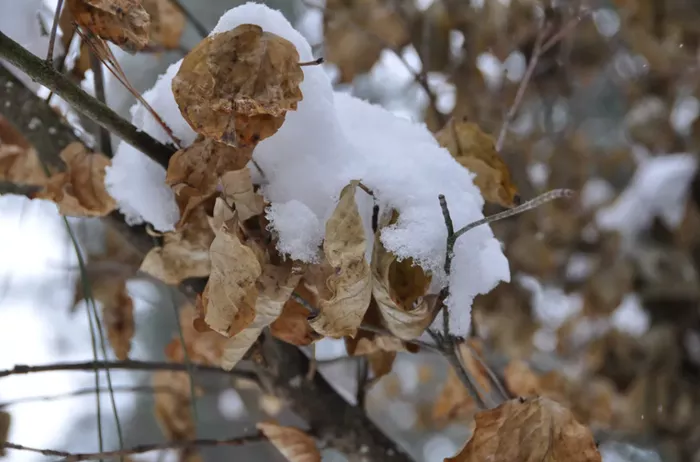As we wrap up what has been an unpredictable and challenging gardening season, many gardeners, especially those newer to the hobby, might feel discouraged. However, even seasoned gardeners have faced setbacks this year.
One of the most common questions I’ve received is why so many hardy plants perished during last January’s cold snap and the intense summer heat. While these extreme events certainly caused damage, the underlying cause lies in a longer-term trend of weather conditions and drought that have persisted for years.
Eastern Washington has been experiencing drought conditions since 2000, and over the last decade, these droughts have only worsened. This has led to more frequent and severe water stress on plants. At the same time, summers have become hotter, with the region setting a record high of 109°F in June 2021. The last two summers have seen prolonged periods of heat, with temperatures over 100°F lasting for weeks. In my own garden, temperatures peaked at 108°F this summer.
These harsh conditions have put significant strain on plants over time. While some plants can adapt, others cannot. The stress is often subtle, making it hard to detect until a sudden weather event, like extreme cold or heat, pushes them past their limit. This is when we notice plants that suddenly die or show severe damage.
For example, two years ago, summer-like temperatures lasted until the end of October, delaying the onset of winter. This left trees unable to enter their dormancy phase, causing leaves to freeze, and ice crystals within the plant cells damaged bark and stems. A similar issue occurred last fall, although it wasn’t as severe.
This year, the lack of snow during January’s subzero cold snap meant there was no natural insulation to protect plants. As a result, many plants that were already stressed couldn’t withstand the cold, leading to death or significant damage by spring. Even plants that did manage to grow were so stressed that they couldn’t cope with the heat in July and eventually died.
So, what can gardeners do to help plants survive under these extreme conditions? For now, it’s essential to make sure plants are well-watered as we head into late fall. Although recent rains have helped, they may not be enough. It’s still warm enough to water deeply, so it’s a good idea to get out the hose and soak the plants. Additionally, applying a 2- to 3-inch layer of shredded leaves or needles can help insulate the soil, and placing mulch over plant crowns—especially for roses—can protect the roots and grafts from the cold.
Related topics:


